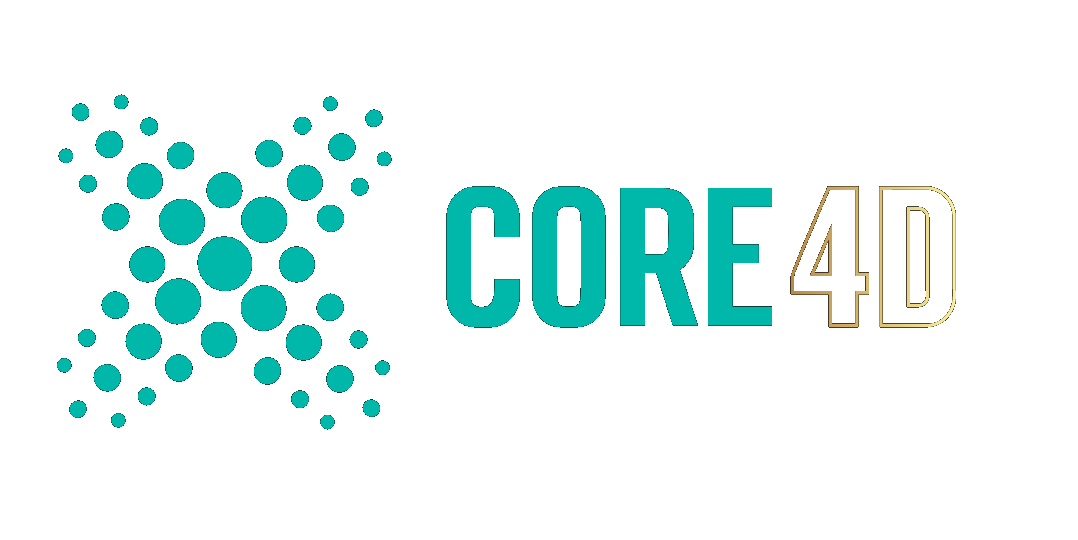Doing some UV mapping lately I couldn't help but notice that unwrapping in Cinema 4D isn't really a pleasure to do.
Granted, in most cases fancy tools and features aren't needed to get things done. Still, soon enough, I was looking elsewhere to get the unwrapping done.
Checked out a few 3rd party tools, looked up some tutorials, and finally decided to give 3DCoat a try. Installed the demo and started working my way through.
Surprisingly I got nice results out of it, easily ... and quickly. Which made me almost decide to buy the software only for it's UV unwrapping/mapping feature alone. But as I was trying to import and export between 3DCoat and C4D ... the horror began.
[SideStory]
Main reason for this horror was that 3DCoat had some problems with the exported FBX that I was feeding it. After some investigation I found out that it was related to UVW coordinates that got messed up during the modelling phase in C4D. I honestly thought that while modelling all UVW coords would remain between 0 and 1 on the canvas. But apparently during the process of applying modelling tools one after the other onto a mesh some of the UV points would try to escape the canvas ... Which gave quite some trouble to 3DCoat, resulting in some very nasty crashes and computer lock-ups. Not wanting to give up on 3DCoat I started to look into python scripting to get the current default UVW coordinates corrected. That was two weeks ago from now. A few scripts later, I finally was able to modify all UVW to force the coords onto the canvas ... but that wasn't enough: there was still the problem of overlapping UVs. Which I thought needed to be fixed by applying a decent UV projection for all objects. Since the pyhon SDK (nor the C++ one) does not allow to process the UV projections, I was left with manually creating an UV map for every single object. Only to be able to import it into a 3rd party software and do the whole UV mapping all over ... NO WAY.
[Sidestory end]
So I sat down and considered to do all the UV unwrapping in C4D only. Without going to 3DCoat.
Apart from the nice unwrapping algorithm in 3DCoat, there was also this very nice tool which enhanced the workflow tenfold: being able to select seams to cut the mesh by simply selecting single edges or edgeloops, or partial edgeloops. THAT was what made UV unwrapping in 3DCoat so easy, quick ... and 'fun'.
Now, after all those years waiting for MAXON to provide us with some more tools regarding UV unwrapping I would have thought this would have been the number one on their list. But knowing it would still take a while to get anything from C4D developpers, I wrote down some ideas and took a first look into ... <TADA> ... plugin writing. So, last weekend (it's thursday now) I looked into the Cinema 4D Python SDK, and started browsing, reading, looking up and collecting information.
Today I am proud to present to you: Seamilar, the seam selection tool.
No, it is NOT similar to 3DCoat's selection tool ... it's "seamilar" (read: inspired by).
This is only a version 0.8 demo as the plugin is not yet in it's final release state. The icon looks like cra#, and so does the attributes panel.
And some drawing issues still need to be resolved.
The idea is to be able to easily swap between single edge selection and "extended" selection mode.
To swap between the two modes a modifier key is used (SHIFT or CTRL defined by user). The attributes allows the user via radiobutton to specify the default mode (single or extended) and as such the alternative mode via the modifier key.
When selecting "Extend via modifier" , the default mode is single. When SHIFT (or CTRL) is pressed the tool swaps to extenden mode for as long as the SHIFT (or CTRL) is pressed. As soon as the modifier key is released will the tool return to the default selection mode.
Below are some example screenshots:
How to create a selection loop
Selecting edges between selected edges
and
A more complex example
and finally the plugin itself: (demo version 0.8)
<older zip file removed>, see later post for latest version
Enjoy!
Edit: Oops, forgot to mention. R16 and above only.

